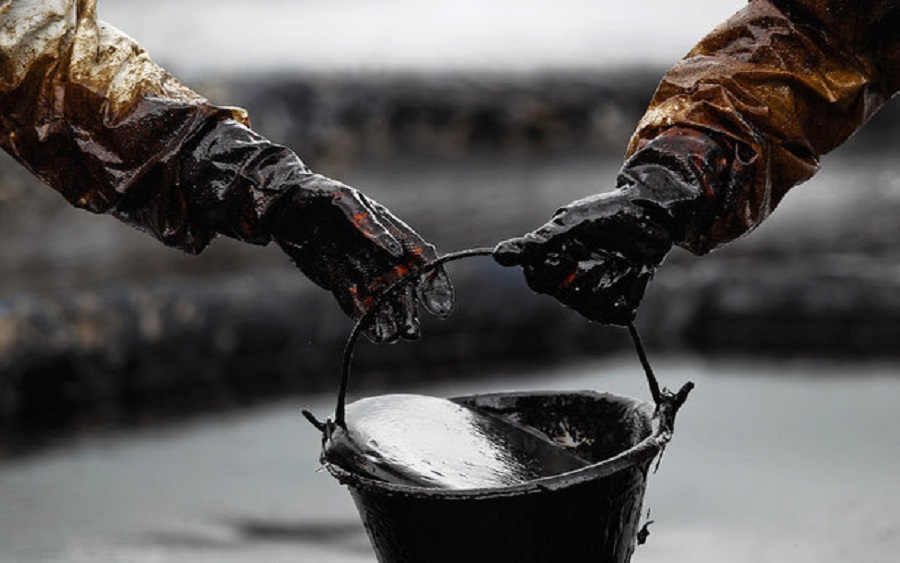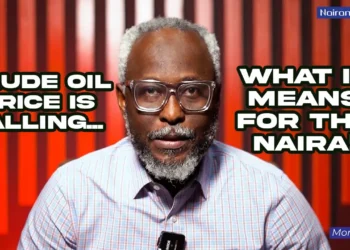Oil prices drifted lower at the fourth trading session of the week, after digesting a surprising build in U.S. crude oil inventories that re-ignited fuel demand anxiety.
What you should know: At the time of drafting this report, Brent crude prices dropped by 0.37% to trade at $55.87 a barrel, and West Texas Intermediate futures plunged by 0.34% to trade at $53.13 a barrel.
- Oil prices gave up some of their previous gains made on hopes of a massive COVID-19 stimulus program under U.S. President Joe Biden, although both oil major benchmarks were trading far above $50/barrel.
- Recent data obtained from the American Petroleum Institute revealed a gain of 2.562 million barrels for the week ending January 15. This was against the 300,000-barrel drop in forecasts prepared earlier by some energy experts.
READ: DEAL: Heirs Holdings acquires 45% of OML 17 from Shell, Total and Eni
Stephen Innes, Chief Global Market Strategist at Axi, in a note to Nairametrics, gave valid insights on the effect COVID-19 and other macros have on oil prices.
“Oil prices look a tad vulnerable to potential profit-taking after US crude stockpile bearishly rose 2.56 million against consensus draw. Simultaneously, the near-term China crude demand forecast looks high and susceptible to revision lower as lockdown spread in the country ahead of the Lunar New Year.
“While oil traders see through longer lockdowns on the premise that vaccinations will quickly lead us out of the pandemic, COVID mobility clampdowns still hurt the very near-term view.
READ: Gold prices stay firm, investors await Janet Yellen’s speech
“And since calls for a commodity supercycle have been many after the November vaccine turnaround, open interest in Brent and WTI has increased hugely, suggesting that the market remains very susceptible to any potential bearish headlines big or small, from a positioning perspective alone.”
What to expect: OPEC production at the moment remains well below the level required to meet anticipated demand. It should continue to drive a reduction in oil inventories as the global economy gradually recovers.

























